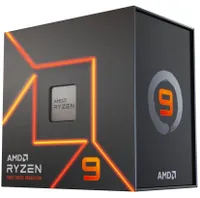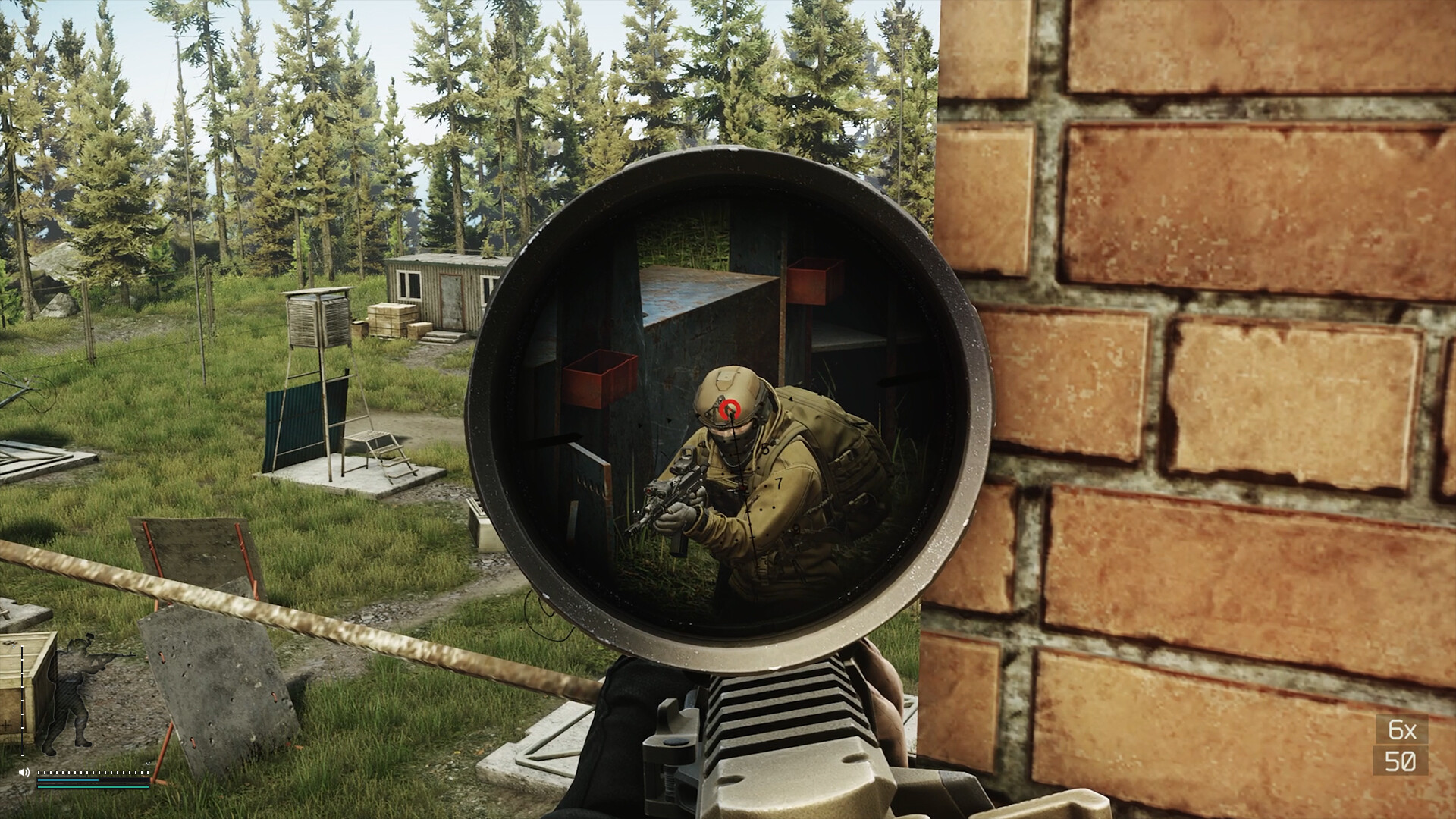Scared off by Intel's 13th and 14th Gen calamities? These are the AMD chips I'd buy in the Prime Day deals
Six-core chiplets offer plenty of punch in games so if you're looking to save some money, then either of these CPUs are a great deal.

AMD Ryzen 7 7900X | 12 cores, 24 threads | 5.6 GHz max boost | 64 MB L3 cache | 170 W TDP | $549 $329.99 at Newegg (save $219.01 with promo code FANDUA596)
This CPU is probably the most underrated in AMD's Zen 4 line-up and it's because each CCD chiplet has six cores, 12 threads instead of the full eight-core, 16-thread total. Lots of folks think this is a bad thing but until you've tried one, it's hard to appreciate just how capable it is.
Price check: Amazon $342
AMD Ryzen 7 7900X3D | 12 cores, 24 threads | 5.6 GHz max boost | 128 MB L3 cache | 120 W TDP | $599 $327.98 at Amazon (save $271.99 for Prime members only)
If the normal Ryzen 9 7900X isn't gamer enough for you, then get one with 64 MB of 3D V-cache bonded to one of the CCDs and enjoy a healthy performance boost in lots of games. Again, most folks will head for the Ryzen 7 7800X3D but that's $60 more expensive.
Price check: Newegg $379.99
I better come out and confess right off the bat here, as I wouldn't technically buy these chips. But's only because I already have a Ryzen 9 7900 in my AM5 test PC and it's an absolute peach of a CPU. Fast, energy-efficient, and easy to cool, it breezes through any game I care to run on that machine.
- We're curating all the best Prime Day PC gaming deals right here.
But if I was heading into the Prime Day deals to find a CPU for a full system upgrade, I'd be sorely tempted by either of the above and it's not just because they're super cheap compared to their launch MSRPs.
What you've got are two versions of the same processor, the Ryzen 9 7900X. That is basically the same one as the chip I have but with a higher power limit and clock speeds. However, the second one of them comes equipped with AMD's secret gamer sauce: 64 MB of 3D V-cache bonded to one of the CCD chiplets.
This extra L3 cache can make a huge difference to lots of games, helping to lift the minimum frame rate right up, and ensuring gameplay is as smooth as it can possibly be.
Every PC gamer knows that the best gaming CPU you can buy is the Ryzen 7 7800X3D but that only has eight cores, 16 threads. So why is that better than the Ryzen 9 7900X or 7900X3D? It comes down to the fact that the latter processors have six cores per CCD, whereas the 7800X3D has eight cores in its single CCD.
Threads generated by games are typically allocated to a single CCD chiplet because having threads trying to access another chiplet's cache can hurt performance. So yes, the 7800X3D is the better gaming chip but trust me when I say that there's really nothing wrong with the gaming chops of the Ryzen 9 7900, 7900X, or 7900X3D.
I regularly test multiple games on the 7900-powered PC and at no point have I ever thought "Gosh, these games could really do with a better CPU behind them." Sure, the likes of the 7800X3D will always get higher numbers in the usual gamut of benchmarks but in real-life gaming, you're not going to be disappointed.
This is especially true when you consider the prices and the fact that should you need to use your PC for more than just gaming, you've got a CPU that can handle any application you like.
And if 24 threads isn't enough for you, then you can get the 32-thread Ryzen 9 7950X3D monster for $490 at Amazon, though it's often cheaper than that. Not me, though. I'm a genuine fan of AMD's six core chiplets, be it the single die Ryzen 5 7600X or the dual die Ryzen 9 7900, 7900X, and 7900X3D.
I'm especially a fan of CPUs not crashing in games, too. Ahem, Intel.
Keep up to date with the most important stories and the best deals, as picked by the PC Gamer team.

Nick, gaming, and computers all first met in the early 1980s. After leaving university, he became a physics and IT teacher and started writing about tech in the late 1990s. That resulted in him working with MadOnion to write the help files for 3DMark and PCMark. After a short stint working at Beyond3D.com, Nick joined Futuremark (MadOnion rebranded) full-time, as editor-in-chief for its PC gaming section, YouGamers. After the site shutdown, he became an engineering and computing lecturer for many years, but missed the writing bug. Cue four years at TechSpot.com covering everything and anything to do with tech and PCs. He freely admits to being far too obsessed with GPUs and open-world grindy RPGs, but who isn't these days?


